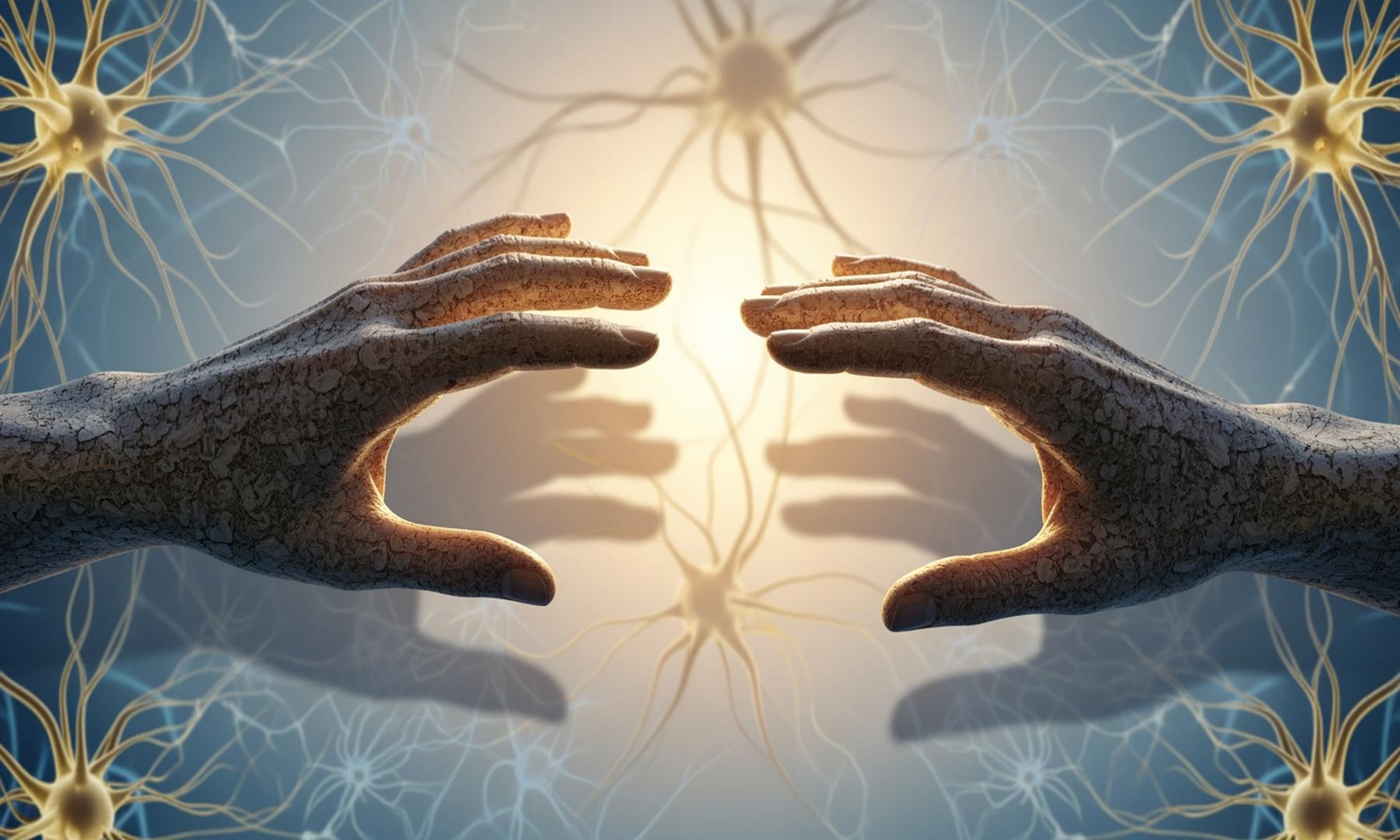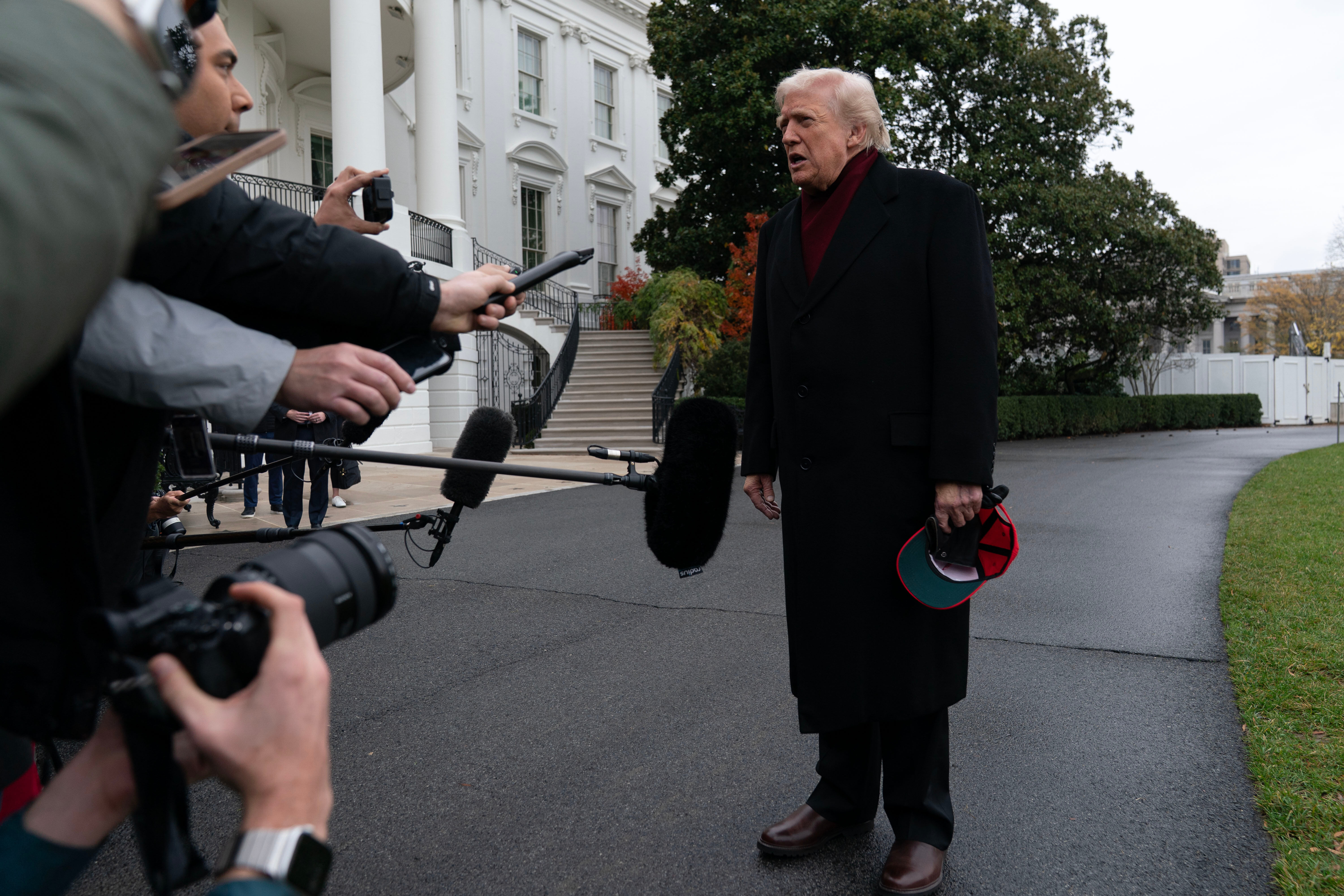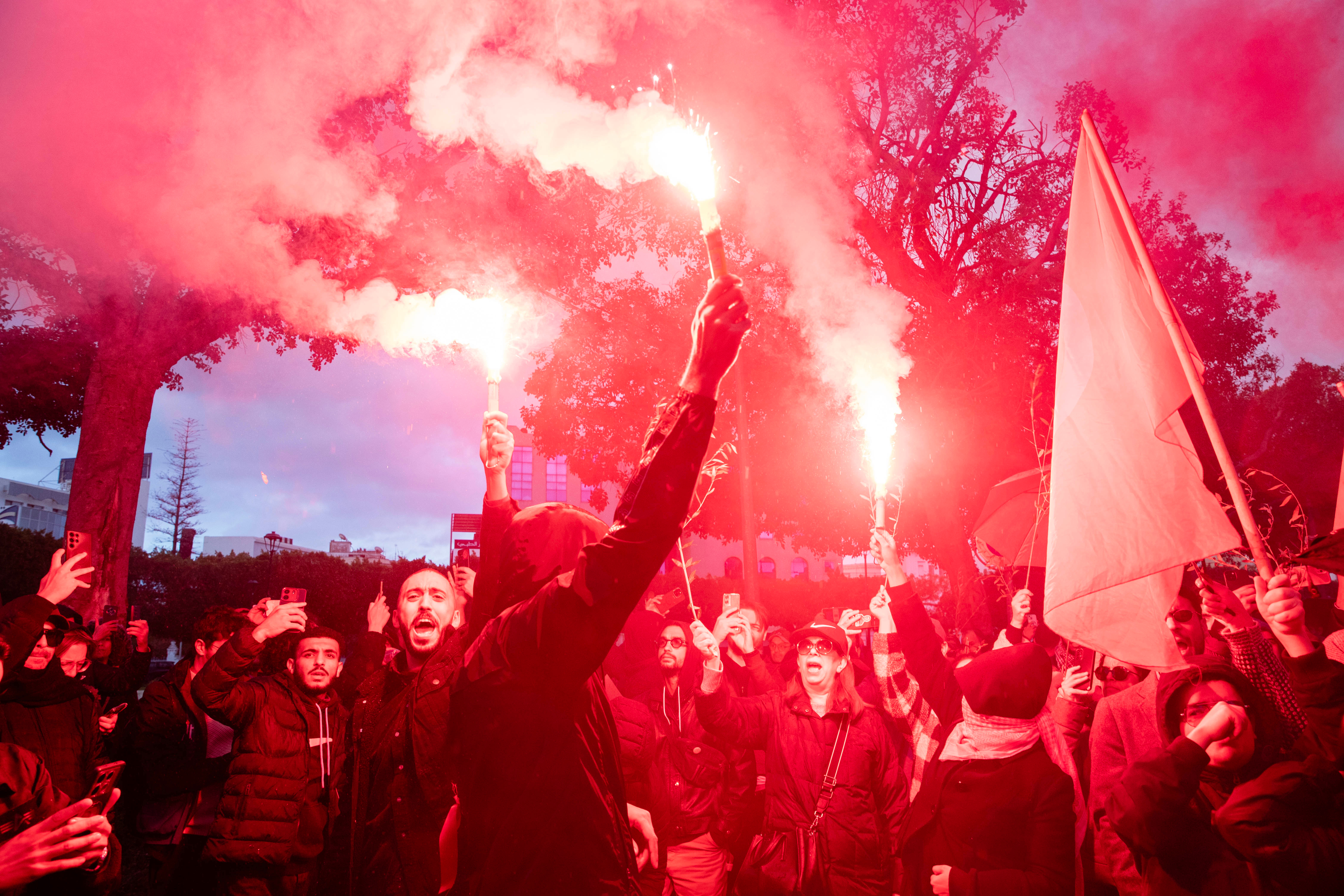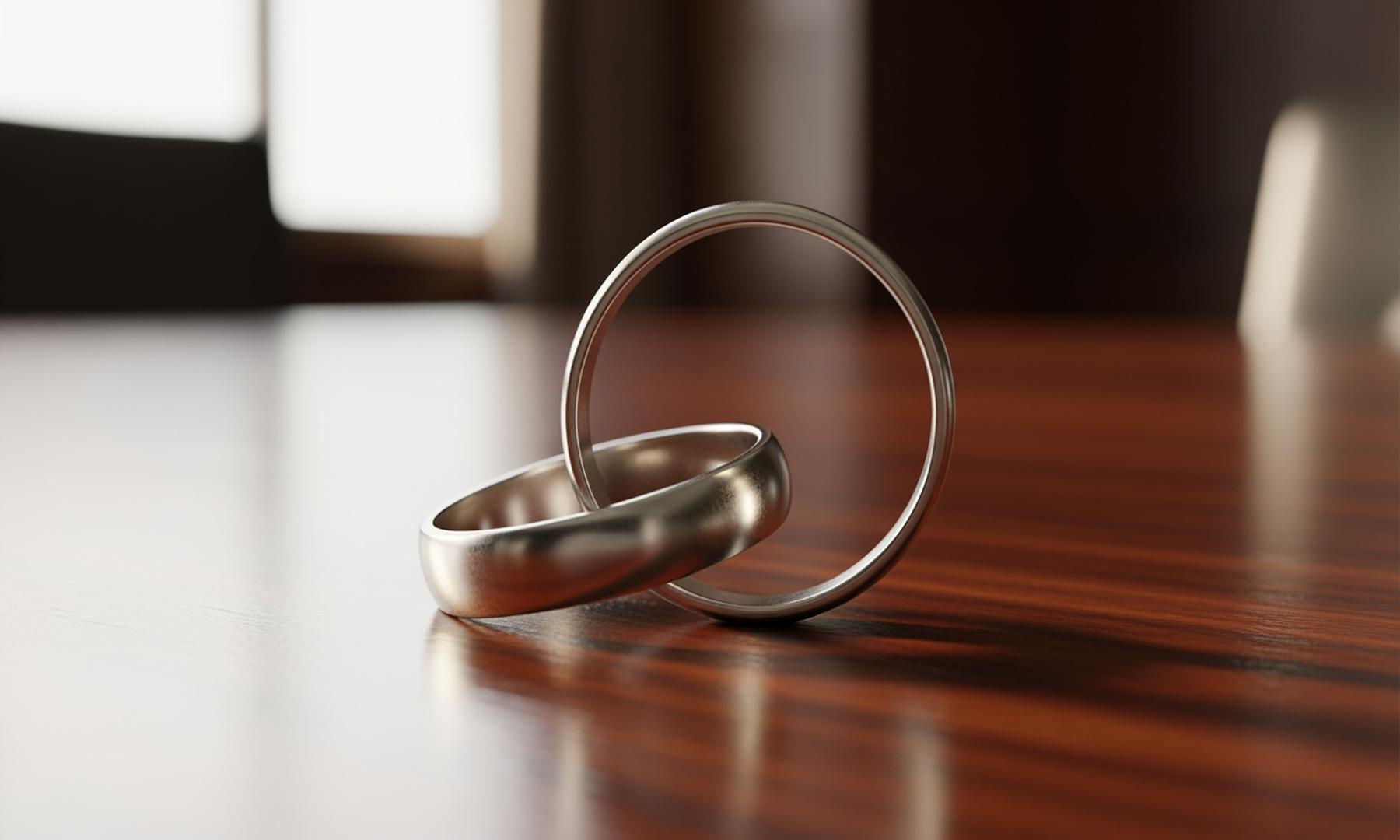What's Happening?
The Senate Judiciary Committee has unanimously advanced a bipartisan bill aimed at strengthening the Holocaust Expropriated Art Recovery Act (HEAR Act). Originally passed in 2016, the HEAR Act was designed
to ensure that cases involving art looted during the Holocaust are decided based on their merits rather than being dismissed due to technical time limits. The new bill seeks to remove the sunset clause set for the end of 2026, acknowledging that the work of recovering Nazi-looted art is far from complete. This legislative move coincides with the release of Hungarian microfilms, which provide detailed records of Jewish art assets seized during World War II. These records, now online, offer hard evidence of the systematic looting and redistribution of Jewish collections into public institutions, highlighting the ongoing challenges faced by museums and collectors in addressing Nazi-loot stories.
Why It's Important?
The advancement of this bill is significant as it underscores the U.S. government's commitment to addressing historical injustices related to Nazi-looted art. By extending the HEAR Act, the Senate aims to provide heirs of Holocaust victims with a fair opportunity to reclaim their family's art assets. This move could have substantial implications for museums and collectors, who may face increased scrutiny and legal challenges as more evidence of looted art surfaces. The availability of detailed records from the Hungarian microfilms further complicates the provenance of artworks held by institutions, potentially leading to a reevaluation of collections and increased restitution claims. The bill represents a critical step in ensuring accountability and justice for families affected by the Holocaust.
What's Next?
If the bill is passed into law, museums and collectors will need to reassess their collections and provenance records, particularly those involving artworks with gaps in ownership history during the Nazi era. Legal experts anticipate a rise in restitution claims as heirs utilize the newly available evidence to support their cases. The art world may face increased pressure to address ethical concerns and transparency in art transactions. Additionally, the bill could prompt other countries to reevaluate their policies on Nazi-looted art, potentially leading to international cooperation in restitution efforts.
Beyond the Headlines
The release of the Hungarian microfilms not only provides evidence of art looting but also serves as a stark reminder of the broader cultural and historical impact of the Holocaust. The systematic documentation of seized art assets highlights the extent of cultural destruction and loss experienced by Jewish communities. This development may prompt a deeper reflection on the ethical responsibilities of museums and collectors in preserving and displaying art with complex histories. The ongoing dialogue around Nazi-looted art could lead to broader discussions on cultural restitution and the role of art institutions in addressing historical injustices.












